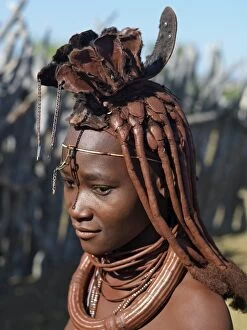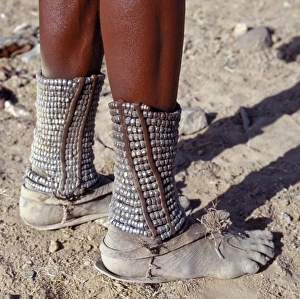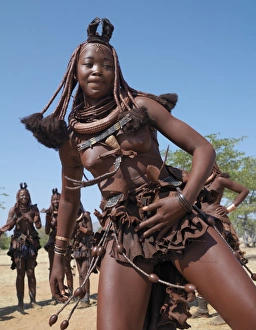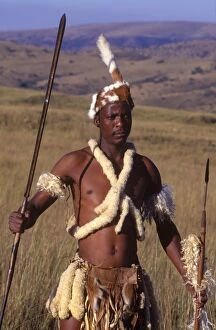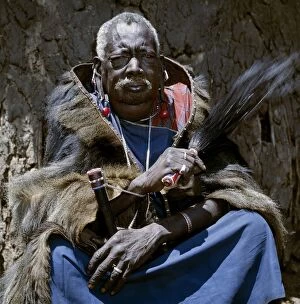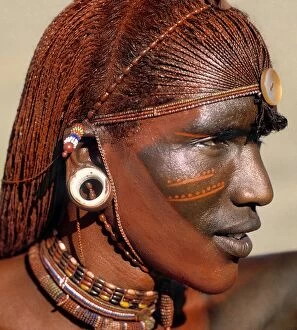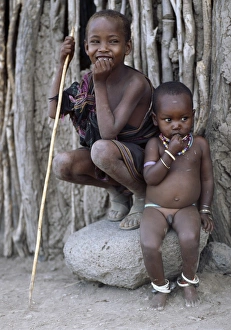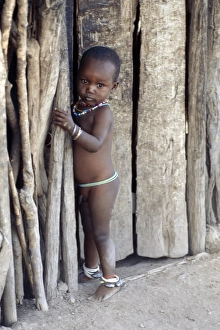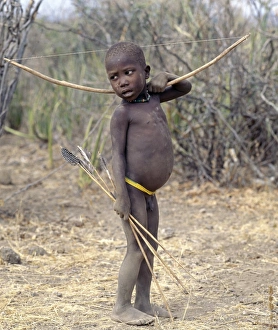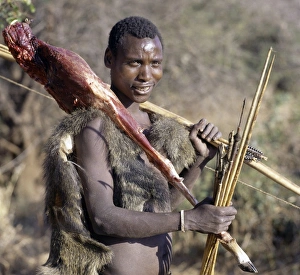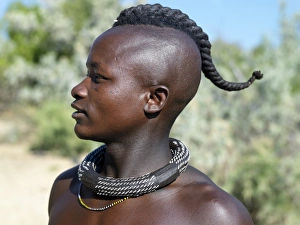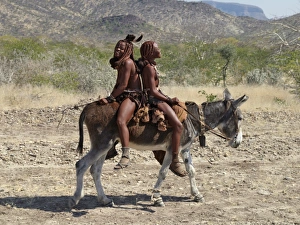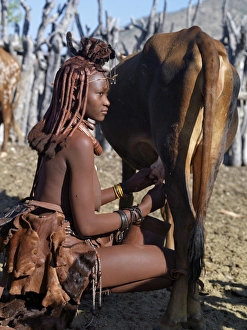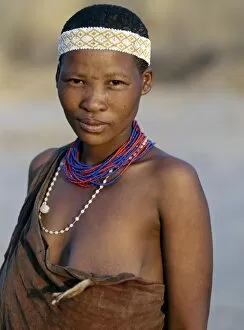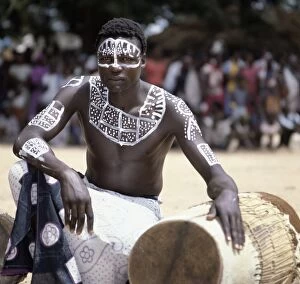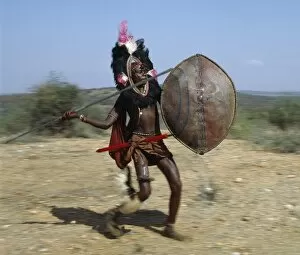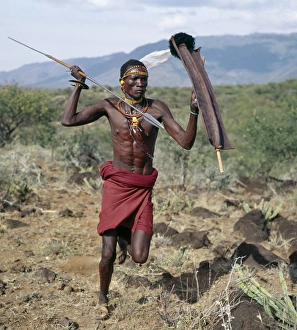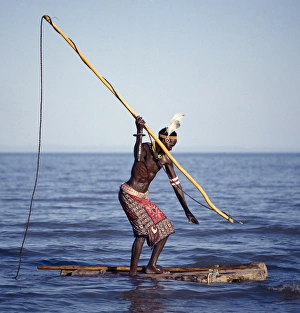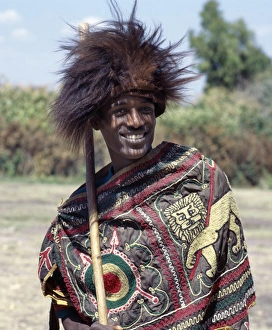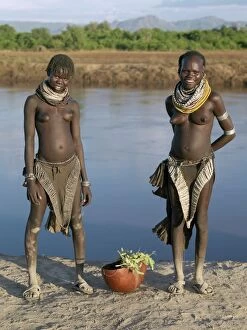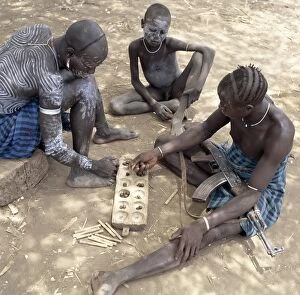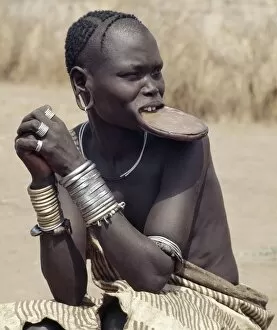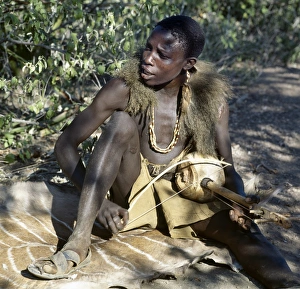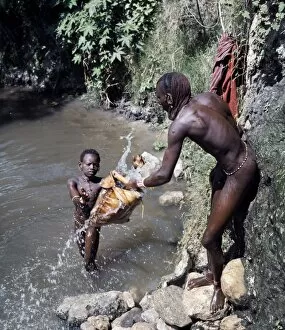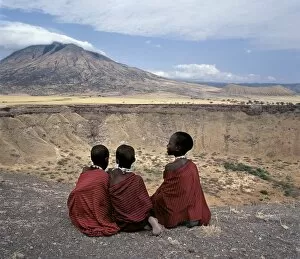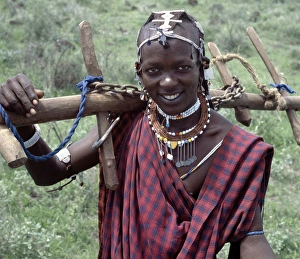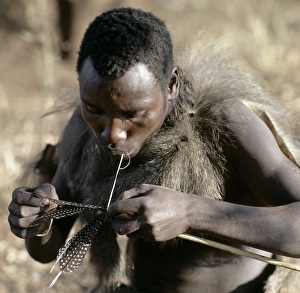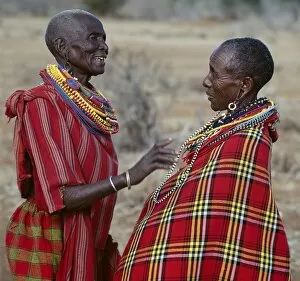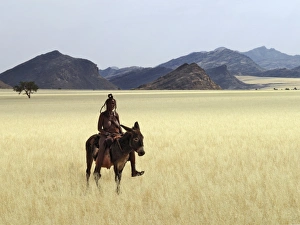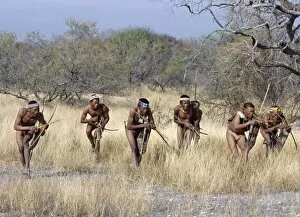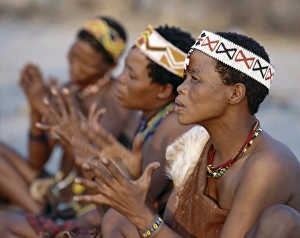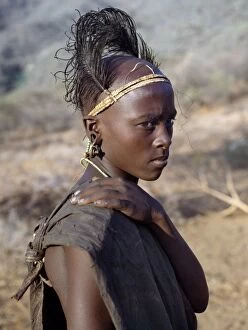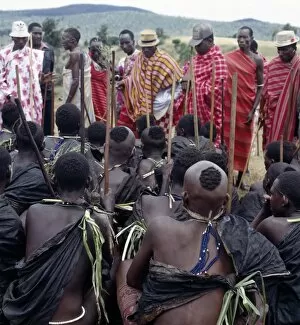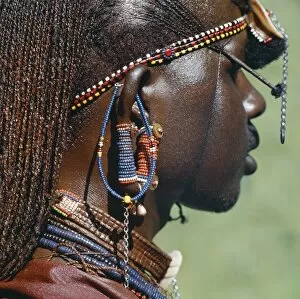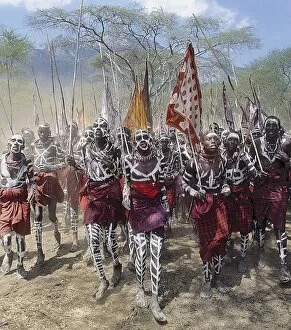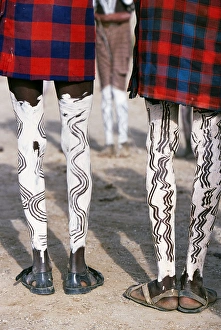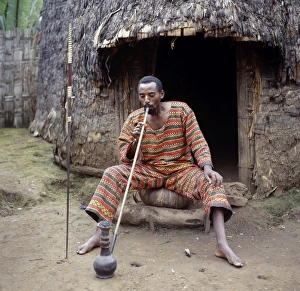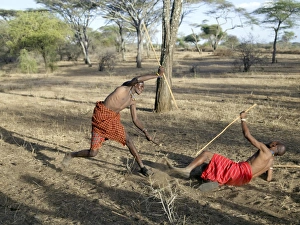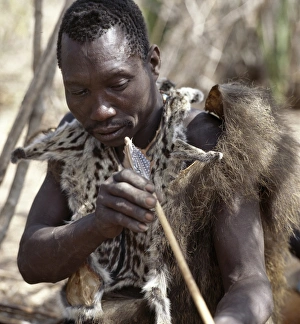Tribal Attire Collection
"Exploring the Vibrant World of Tribal Attire: A Glimpse into Cultural Traditions" Young Msai girls decorate their faces with ochre
All Professionally Made to Order for Quick Shipping
"Exploring the Vibrant World of Tribal Attire: A Glimpse into Cultural Traditions" Young Msai girls decorate their faces with ochre: Witness the captivating beauty rituals of young Msai girls as they adorn their faces with vibrant ochre, showcasing their cultural heritage. A Hadza hunter smokes cannabis from a crude stone pipe: Step into the ancient traditions of the Hadza tribe, where a hunter indulges in an age-old practice, using a simple stone pipe to enjoy cannabis. A Himba woman in traditional attire. Her body gleams from a mixture of red ochre: Marvel at the striking sight of a Himba woman draped in her traditional attire, her radiant body shimmering with hues of red ochre - an emblematic symbol within her community. An old Kikuyu lady picks coffee Taken in the 1960s: Journey back in time and witness the hard work and resilience of an elderly Kikuyu lady as she diligently picks coffee beans, reflecting on generations past. Almost every Himba woman wears anklets: Discover one of many fascinating aspects of Himba culture as you observe how almost every Himba woman proudly adorns herself with intricately crafted anklets that hold deep significance within their society. A Giriama girl from Kenya's Coast Province carrying. . : Catch a glimpse into everyday life for young Giriama girls from Kenya's Coast Province as they carry out daily tasks while adorned in colorful garments that reflect their rich cultural identity. Himba women perform the otjiunda dance: Immerse yourself in the rhythmic beats and graceful movements as you witness mesmerizing performances by Himba women during their traditional otjiunda dance ceremonies - an expression deeply rooted in their customs. Zulu warrior in traditional dress with fighting spirit: Encounter strength personified through this Zulu warrior, dressed in traditional attire that embodies their fierce fighting spirit and rich warrior heritage.

